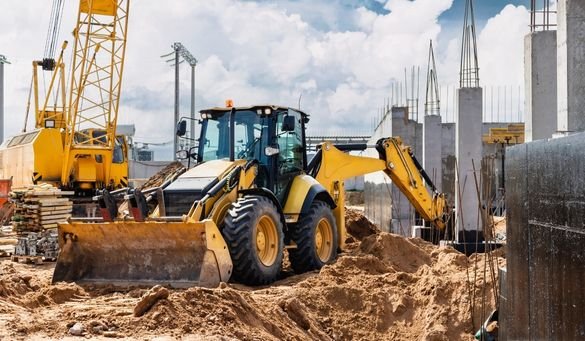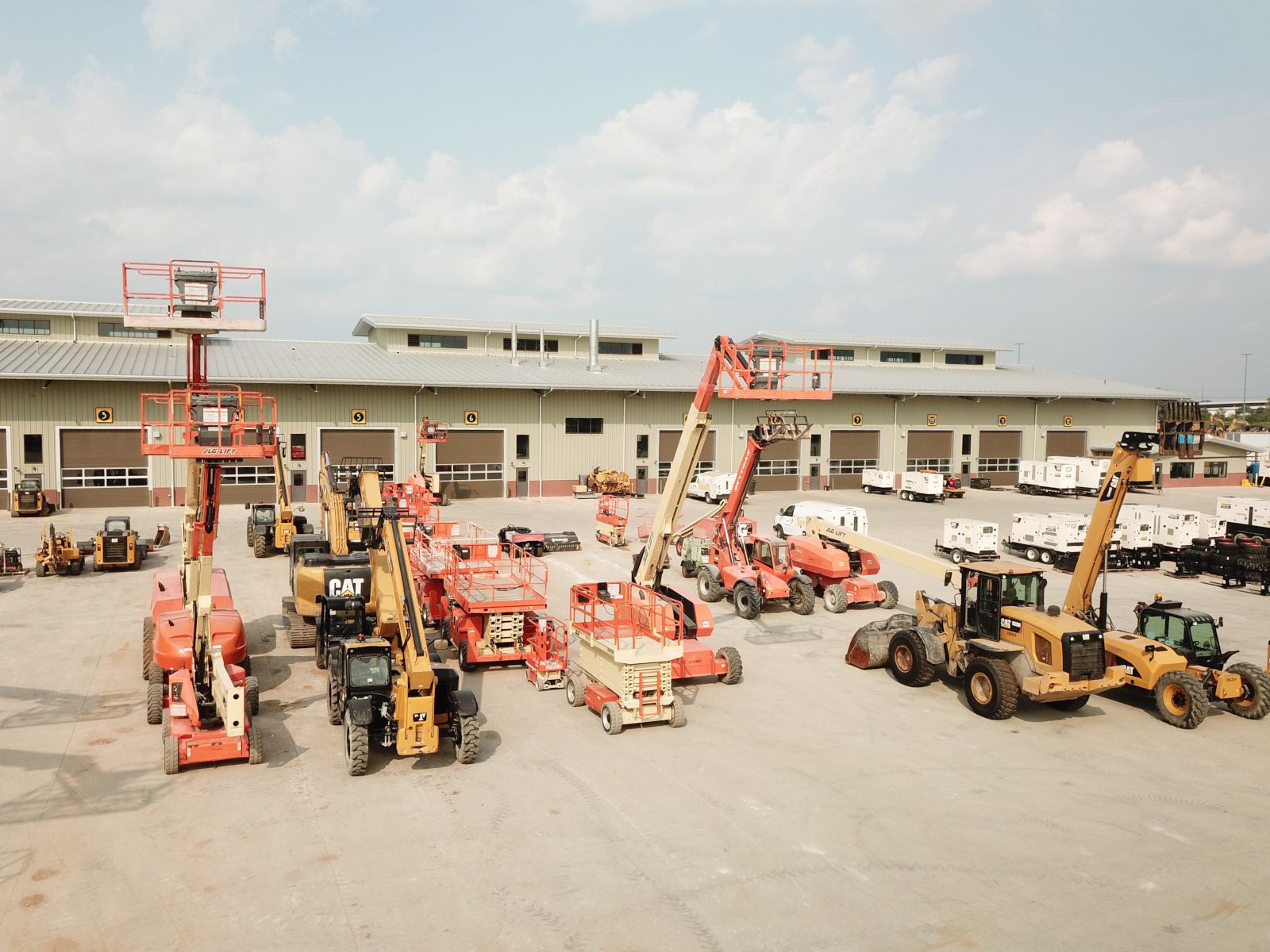Forklift Rental: Heavy Lifting Equipment for Warehousing and More
Forklift Rental: Heavy Lifting Equipment for Warehousing and More
Blog Article
Maximize Your Budget Plan by Understanding the Prices Connected With Building And Construction Tools Leasings
Recognizing the complete range of costs linked with building and construction tools services is essential for optimizing your spending plan. What strategies can be used to properly manage these expenses and make sure a more efficient rental experience?
Summary of Rental Prices
When considering building tools rentals, understanding the connected prices is extremely important for efficient budgeting and job planning. Rental costs can vary substantially based on several variables, consisting of tools type, period of service, and area. The first rental cost typically shows the equipment's market demand and its linked functional abilities, influencing the overall expense.
Along with the base rental price, supplementary expenses may occur, such as transport fees, gas additional charges, and upkeep costs. It is important to make up these added costs to accurately examine the total expense of renting equipment. The rental period can impact prices; longer services might qualify for reduced rates, while temporary leasings might sustain greater daily charges.

Failure of Rental Prices
A comprehensive understanding of rental prices is vital for service providers and task supervisors intending to optimize their budgets. Rental rates for building equipment generally are composed of numerous elements, consisting of base prices, time-based fees, and usage charges.
Base prices are the core fees related to the rental of the tools, typically figured out by the kind and size of the machinery. These rates can vary considerably, influenced by variables such as tools need, schedule, and regional market trends. Time-based costs, which may be daily, weekly, or monthly, serve to suit various project timelines and rental durations.
In addition, rental rates may consist of use costs, which are applicable when devices is used beyond a specified threshold, ensuring that the rental firm can represent wear and tear. Seasonal need fluctuations can also affect rental prices, with peak building seasons usually commanding greater costs.
Moreover, recognizing the rental business's policies relating to maintenance and insurance policy can offer more understanding right into the total cost framework. By assessing these elements, contractors can make enlightened choices, guaranteeing the selection of rental equipment lines up with both project demands and budget restrictions.
Extra Fees to Take Into Consideration
Comprehending the complexities of extra charges is important for professionals to manage their overall service costs effectively. Beyond the standard rental prices, various supplemental fees can considerably affect the total cost of tools leasing. These fees typically include delivery and pick-up fees, which can differ based on range and logistics associated with transporting the tools to and from the task website.
In addition, some rental business might enforce fuel surcharges if the equipment is returned with much less fuel than when rented. check out this site It is also important to know potential cleansing costs, particularly for specific tools that calls for extensive upkeep after use.

Completely reviewing the rental agreement and making clear these additional costs in advance can assist professionals avoid unanticipated expenses and make certain that spending plans stay undamaged throughout the job lifecycle.
Upkeep and Fixing Expenditures
Routine maintenance and fixing expenditures are commonly forgotten variables that can substantially affect the overall cost of building and construction equipment leasings. When leasing devices, it is crucial to think about not just the rental fees however likewise the possible costs related to keeping the machinery in ideal operating condition.
Numerous rental firms consist of standard upkeep as component of the rental arrangement; however, have a peek at this site more comprehensive repair work or unanticipated failures can bring about added costs. It's vital to assess the rental contract thoroughly to understand what maintenance services are covered and what obligations fall on the tenant.
Additionally, tools that is not properly maintained can lead to ineffectiveness at work site, potentially increasing and causing delays job expenses. To reduce these risks, it is a good idea to perform regular inspections and preserve open communication with the rental copyright relating to any type of concerns that develop throughout usage.
Insurance and Obligation Costs
Insurance coverage and liability expenses are important elements that can significantly impact the total cost of construction equipment leasings (forklift rental). These prices make certain that both the rental company and the customer are shielded from possible financial losses developing from mishaps, damage, or burglary throughout the rental duration

Additionally, clients should be aware of any kind of deductibles or exemptions in the insurance coverage policy, as these can impact possible out-of-pocket costs. Recognizing the conditions of any type of insurance coverage is vital to avoid unanticipated prices. Ultimately, budgeting for insurance policy and obligation costs can help make sure a smoother rental experience and safeguard versus financial dangers connected with construction jobs.
Final Thought
In final thought, a comprehensive understanding of the prices connected with construction devices leasings is essential for reliable budget plan management. By analyzing rental rates, extra costs, maintenance expenses, and insurance policy requirements, people and organizations can reduce unforeseen expenditures. This calculated strategy not only enhances cost-effectiveness but additionally ensures that tasks advance efficiently and efficiently. Eventually, educated decision-making regarding tools rentals contributes to the total success of construction endeavors.
Rental expenses can vary significantly based on a number of factors, including devices kind, duration of leasing, and place (dozer rental). The rental period can influence prices; longer services may qualify for discounted rates, while short-term leasings might incur greater day-to-day fees
By carrying out detailed research and involving with reputable rental companies, specialists can effectively browse the complexities of rental prices, inevitably maximizing their monetary resources.
Beyond the basic rental prices, different extra charges can considerably influence the total price of devices rental. Rental firms often supply obligation insurance policy that covers injuries to third events or damage to home, while equipment damage insurance policy can cover the price of fixings or substitute if the rented devices is damaged.
Report this page